Pneumatic fittings are components used in pneumatic (air-based) systems to connect and control the flow of compressed air or gases. These fittings play a crucial role in ensuring the efficient and leak-free operation of pneumatic systems. Here’s a brief explanation of pneumatic fittings:
Quick-Connect Fittings:
These allow for fast and easy connections without the need for tools. They often feature push-to-connect or snap-together designs.
Threaded Fittings:
These have threads that screw into corresponding ports or connectors, providing a secure and sealed connection.
Barbed Fittings:
They have a barbed or ribbed design that grips onto flexible tubing or hoses, typically using hose clamps or zip ties for secure attachment.
Pneumatic fittings are typically made from materials such as brass, stainless steel, plastic, or aluminum. The choice of material depends on factors like the working environment, pressure, and compatibility with the gases being transported.
Functionality:
Pneumatic fittings serve various functions in a pneumatic system, including:
Connection:
They link different components of the system, such as valves, cylinders, air compressors, and tubing, allowing the flow of compressed air.
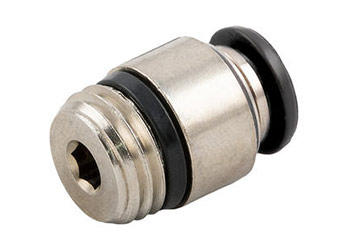
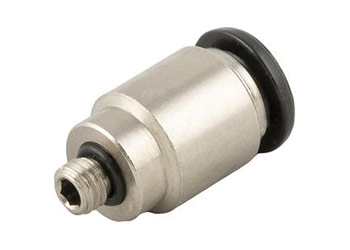
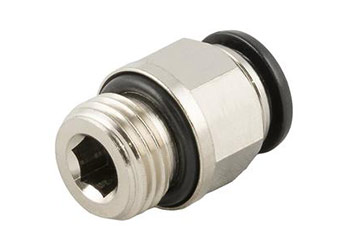
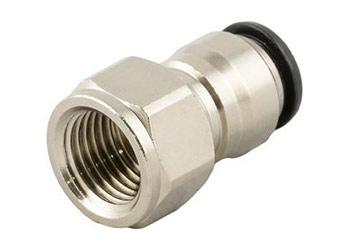
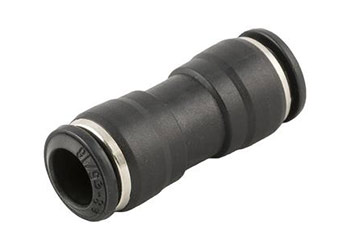
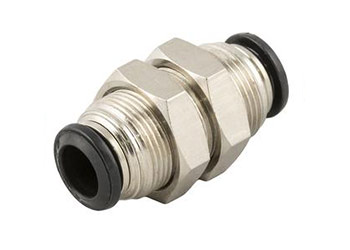
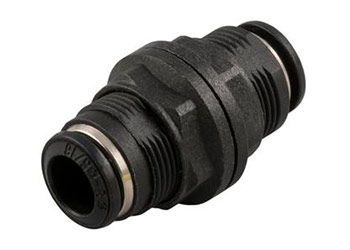
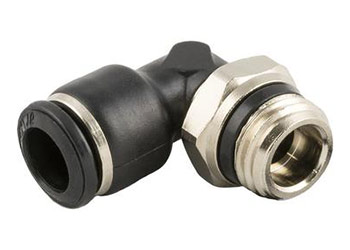
Pneumatic fittings are components used in pneumatic systems to connect, control, and direct the flow of compressed air. They are used to connect tubes or hoses to various pneumatic components like valves, cylinders, and air compressors.
Pneumatic fittings come in various types, including straight male adaptors, female adaptors, connectors, elbow adaptors, bulkhead connectors, and more. These fittings serve different purposes, such as connecting, branching, or changing the direction of airflow.
Parallel threads have consistent diameters and maintain the same size throughout the threading. Tapered threads, on the other hand, get narrower towards the end. The choice depends on the application, and it’s crucial to match the thread type between the fitting and the component.
In many cases, pneumatic fittings are designed to work with various tube materials, including plastic, rubber, and metal. However, it’s essential to check the compatibility of the fitting material with the tube material and the specific application.
Thread sealants or Teflon tape help create a leak-free seal between threaded pneumatic fittings. They prevent air leakage and provide a secure connection. Always use the recommended sealant or tape for your specific application.
Wear appropriate safety gear, such as safety glasses and gloves, when working with pneumatic fittings. Ensure that the system is depressurized before making any connections or disconnections to prevent sudden air release.
HAVE A QUESTIONS? CALL US
+97167446552
GIVE FEEDBACK THROUGH EMAIL
info@arabianautomationuae.com